Home>Furniture & Design>Outdoor Furniture>How Often Should I Feed My Outdoor Potted Plants
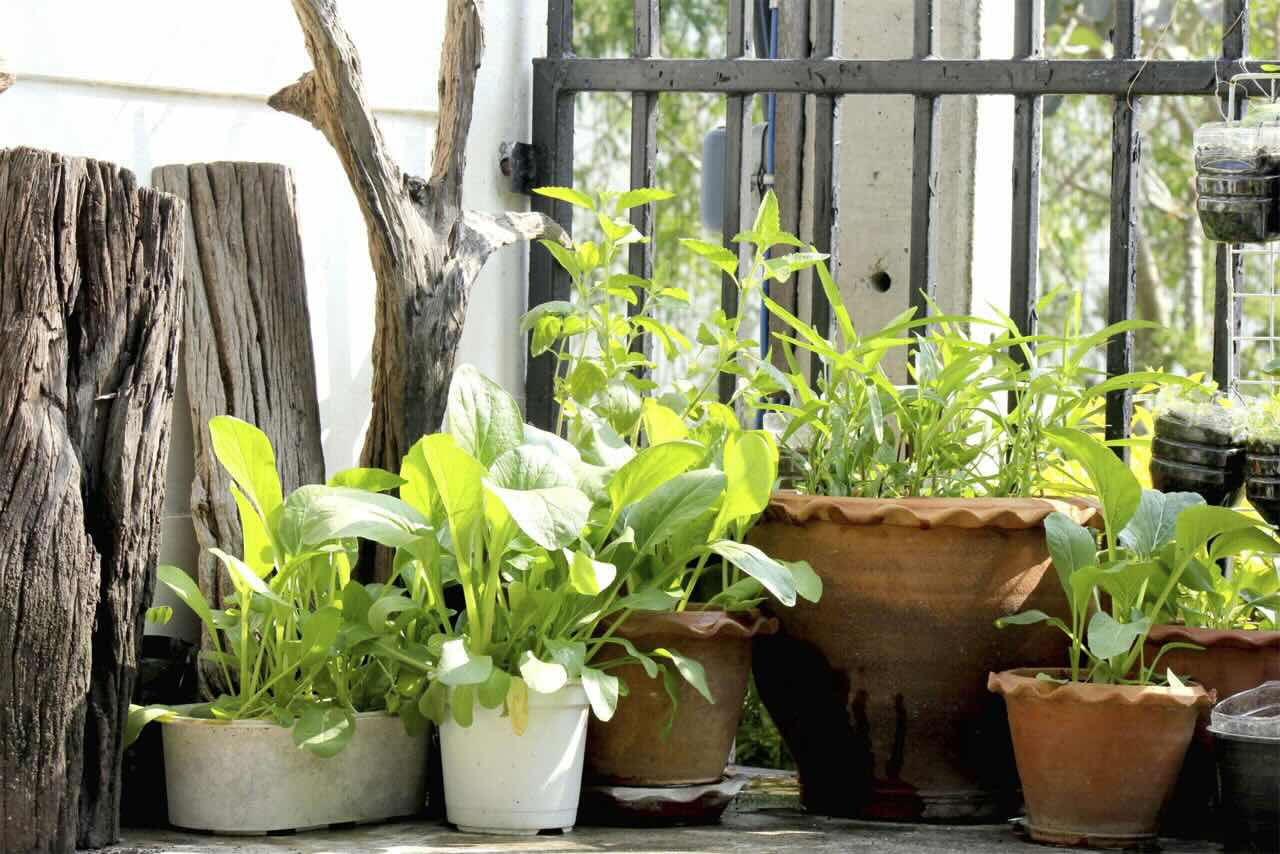

Outdoor Furniture
How Often Should I Feed My Outdoor Potted Plants
Modified: October 18, 2024
Learn the best feeding schedule for your outdoor potted plants to keep them healthy and thriving. Discover expert tips for maintaining your outdoor furniture and design.
(Many of the links in this article redirect to a specific reviewed product. Your purchase of these products through affiliate links helps to generate commission for Storables.com, at no extra cost. Learn more)
Introduction
When it comes to enhancing the beauty of outdoor spaces, potted plants are a popular choice. Their versatility allows for creative arrangements, adding a touch of nature to patios, balconies, and gardens. While the visual appeal of outdoor potted plants is undeniable, maintaining their health and vitality requires attention to detail, including proper feeding. In this article, we will delve into the crucial aspect of feeding outdoor potted plants, addressing the frequency and signs of overfeeding or underfeeding. By understanding these factors, you can ensure that your outdoor oasis remains vibrant and flourishing throughout the seasons. So, let's embark on this journey to discover the best practices for nourishing your outdoor potted plants.
Key Takeaways:
- Feed outdoor potted plants every 2-4 weeks during active growth and every 6-8 weeks during dormant periods. Use slow-release fertilizers for consistent nourishment and adjust based on plant response and soil moisture.
- Watch for signs of overfeeding (leaf burn, stunted growth) and underfeeding (pale leaves, reduced flowering) in outdoor potted plants. Adjust feeding regimen to maintain vibrant, healthy foliage.
Factors to Consider
Before determining the feeding regimen for your outdoor potted plants, it’s essential to consider several factors that can influence their nutritional needs. The following elements play a significant role in establishing an effective feeding schedule:
- Plant Species: Different types of outdoor potted plants have varying requirements for nutrients. Understanding the specific needs of each plant species is crucial in providing tailored care.
- Climate and Season: The prevailing climate and seasonal changes impact the growth and metabolic processes of potted plants. Adjusting the feeding frequency according to these factors is essential for optimal nourishment.
- Pot Size and Material: The size and material of the pots influence moisture retention and nutrient availability. Larger pots may require less frequent feeding, while smaller ones might need more regular nourishment.
- Soil Composition: The type and quality of the soil directly affect the plant’s access to essential nutrients. Understanding the soil composition is vital for supplementing any deficiencies.
- Exposure to Sunlight: The amount of sunlight the plants receive directly impacts their photosynthetic activity and, consequently, their need for nutrients. Plants in sunnier locations may require more frequent feeding.
- Growth Stage: Whether the plants are in the growth, blooming, or dormant stage influences their nutritional demands. Adjusting the feeding regimen to support these stages is essential for overall plant health.
Considering these factors enables you to tailor a feeding schedule that aligns with the specific requirements of your outdoor potted plants, promoting robust growth and vibrant foliage.
Types of Outdoor Potted Plants
Outdoor potted plants encompass a diverse array of species, each with its unique characteristics and nutritional needs. Understanding the specific requirements of different plant types is instrumental in providing targeted care. Here are some common types of outdoor potted plants and their distinct characteristics:
- Succulents and Cacti: Known for their water-storing abilities, succulents and cacti thrive in arid conditions. They require well-draining soil and infrequent watering, making them suitable for outdoor pots in sunny locations.
- Flowering Annuals: These vibrant plants offer a burst of color and bloom profusely throughout the growing season. They benefit from regular feeding to support continuous flowering and robust growth.
- Herbs: Culinary herbs such as basil, rosemary, and thyme are popular choices for outdoor pots. They require nutrient-rich soil and benefit from regular feeding to ensure a bountiful harvest of flavorful leaves.
- Ornamental Grasses: These grasses add texture and movement to outdoor spaces. They thrive in well-drained soil and may require periodic feeding to maintain their lush foliage.
- Shrubs and Small Trees: Certain shrubs and small trees are well-suited for outdoor pots, providing vertical interest and greenery. Their feeding requirements may vary based on their growth patterns and foliage density.
- Perennials: These enduring plants return year after year, showcasing a range of colors and textures. They benefit from regular feeding to support their long-term health and resilience.
By familiarizing yourself with the diverse range of outdoor potted plants, you can tailor your feeding approach to meet the specific needs of each plant type, fostering a thriving and visually captivating outdoor environment.
Water outdoor potted plants when the top inch of soil is dry. In general, plants may need watering 1-2 times a week, but this can vary based on the plant type, weather, and pot size.
Frequency of Feeding
Establishing an appropriate feeding schedule is essential for nurturing the health and vitality of outdoor potted plants. While the specific frequency of feeding may vary based on individual plant species and environmental factors, certain guidelines can serve as a foundation for creating a well-rounded approach to nourishment.
Here are some general considerations for determining the frequency of feeding for outdoor potted plants:
- Seasonal Adjustments: During the active growing season, typically spring through early fall, plants are actively utilizing nutrients for foliage growth and flowering. As a result, they may benefit from more frequent feeding, such as every two to four weeks. In contrast, during the dormant or resting period in late fall and winter, plants require fewer nutrients and may only need feeding every six to eight weeks.
- Slow-Release Fertilizers: Utilizing slow-release fertilizers can provide a steady supply of nutrients to outdoor potted plants over an extended period, reducing the need for frequent applications. These formulations can simplify the feeding schedule, offering convenience while ensuring consistent nourishment for the plants.
- Observation and Response: Monitoring the plants’ growth, foliage color, and overall vitality can provide valuable insights into their nutritional needs. If the plants exhibit vigorous growth and vibrant foliage, the feeding frequency may be appropriate. However, signs of stunted growth or pale leaves may indicate the need for more frequent feeding.
- Soil Moisture and Drainage: Assessing the moisture levels in the soil and the efficiency of drainage can inform the feeding schedule. If the soil dries out rapidly or becomes waterlogged, adjustments to the feeding frequency may be necessary to accommodate the plants’ uptake of nutrients.
It’s important to note that these guidelines serve as a starting point, and fine-tuning the feeding frequency based on the specific needs of your outdoor potted plants is crucial for their overall well-being. By considering seasonal variations, utilizing slow-release fertilizers, and closely monitoring the plants’ response, you can establish a feeding schedule that promotes robust growth and vibrant blooms throughout the year.
Signs of Overfeeding or Underfeeding
Recognizing the signs of overfeeding or underfeeding in outdoor potted plants is essential for maintaining their health and preventing nutrient-related issues. By observing the plants’ physical characteristics and growth patterns, you can identify potential imbalances in their nutrient intake and make informed adjustments to their feeding regimen. Here are some indicators of overfeeding and underfeeding to watch for:
- Overfeeding:
- Leaf Burn: Excessive fertilization can lead to leaf scorching or browning, particularly along the edges, indicating an accumulation of salts from the fertilizer.
- Stunted Growth: Overfed plants may exhibit stunted growth, as an abundance of nutrients can disrupt the balance of essential elements, impeding healthy development.
- Wilting and Browning: Despite the presence of adequate moisture, overfed plants may display wilting and browning of foliage, signaling an imbalance in nutrient uptake.
- Algal Blooms: Overfeeding can contribute to excessive algae growth on the soil surface, indicating an excess of nutrients that remain unused by the plants.
- Underfeeding:
- Pale or Yellowing Leaves: Insufficient nutrients can manifest as pale or yellowing foliage, indicating deficiencies in essential elements such as nitrogen, iron, or magnesium.
- Reduced Flowering: Underfed plants may produce fewer blooms or exhibit delayed flowering, signaling a lack of essential nutrients to support robust flowering and fruiting.
- Stunted Growth: Inadequate nourishment can result in stunted growth and diminished vigor, as the plants struggle to thrive in nutrient-deficient conditions.
- Leaf Drop: Underfed plants may experience premature leaf drop as a response to nutrient scarcity, compromising their overall health and resilience.
By remaining attentive to these signs and promptly addressing any indications of overfeeding or underfeeding, you can fine-tune the feeding regimen for your outdoor potted plants, ensuring that they receive the appropriate balance of nutrients for robust growth and flourishing foliage.
Read more: When To Feed Outdoor Plants
Conclusion
Feeding your outdoor potted plants is a vital aspect of maintaining their health and vitality, contributing to lush foliage, vibrant blooms, and overall visual appeal. By considering the specific factors that influence their nutritional needs, such as plant species, climate, and growth stage, you can tailor a feeding regimen that aligns with their requirements. Understanding the diverse types of outdoor potted plants and their distinct characteristics empowers you to provide targeted care, promoting robust growth and resilience.
When determining the frequency of feeding, seasonal adjustments, the use of slow-release fertilizers, and attentive observation play pivotal roles in establishing an effective schedule. Fine-tuning the feeding frequency based on the plants’ response and the moisture and drainage of the soil ensures consistent nourishment throughout the year.
Recognizing the signs of overfeeding or underfeeding, such as leaf discoloration, stunted growth, and diminished flowering, enables you to make informed adjustments to the feeding regimen, preventing nutrient-related issues and promoting overall plant health.
Ultimately, by incorporating these considerations and remaining attentive to the signs of nutrient imbalances, you can cultivate a thriving outdoor oasis adorned with healthy, flourishing potted plants. Nurturing their well-being through thoughtful feeding practices enriches your outdoor living spaces, creating a harmonious blend of natural beauty and vibrant greenery.
Frequently Asked Questions about How Often Should I Feed My Outdoor Potted Plants
Was this page helpful?
At Storables.com, we guarantee accurate and reliable information. Our content, validated by Expert Board Contributors, is crafted following stringent Editorial Policies. We're committed to providing you with well-researched, expert-backed insights for all your informational needs.
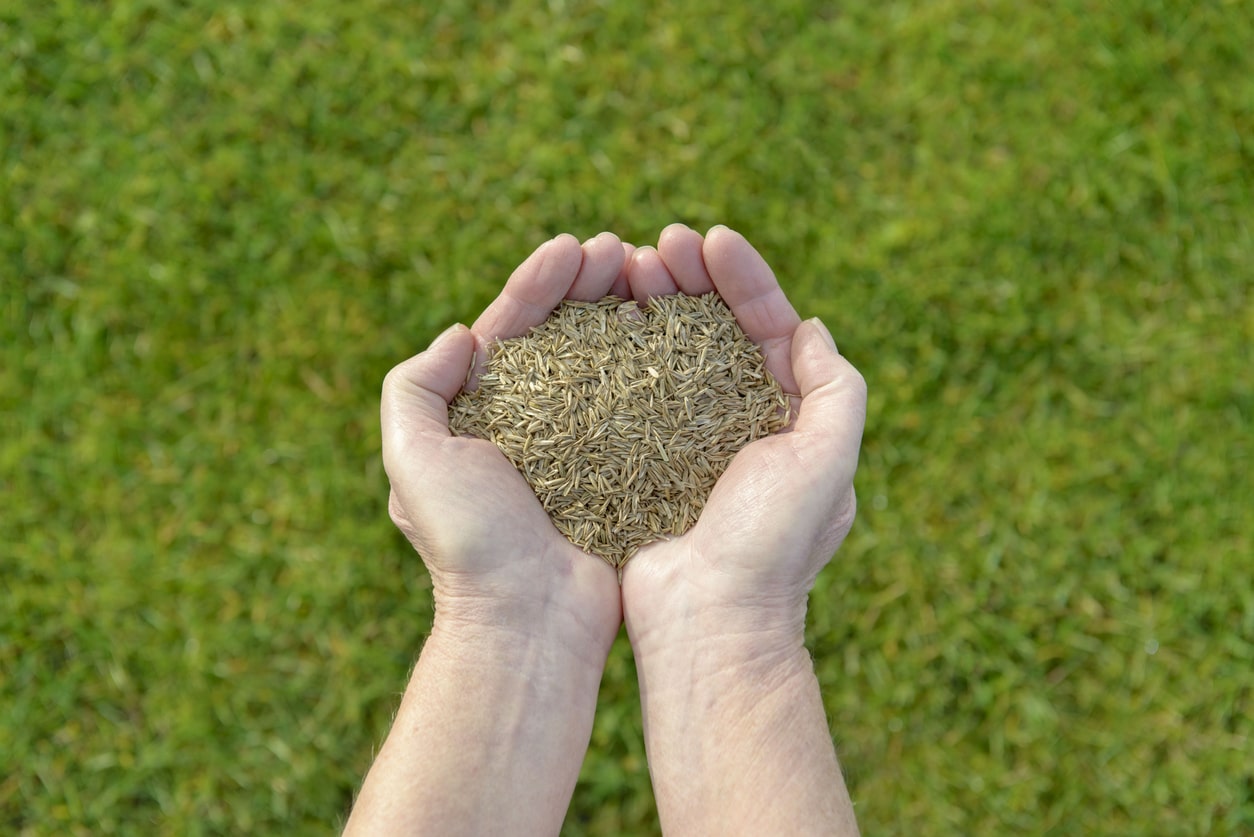
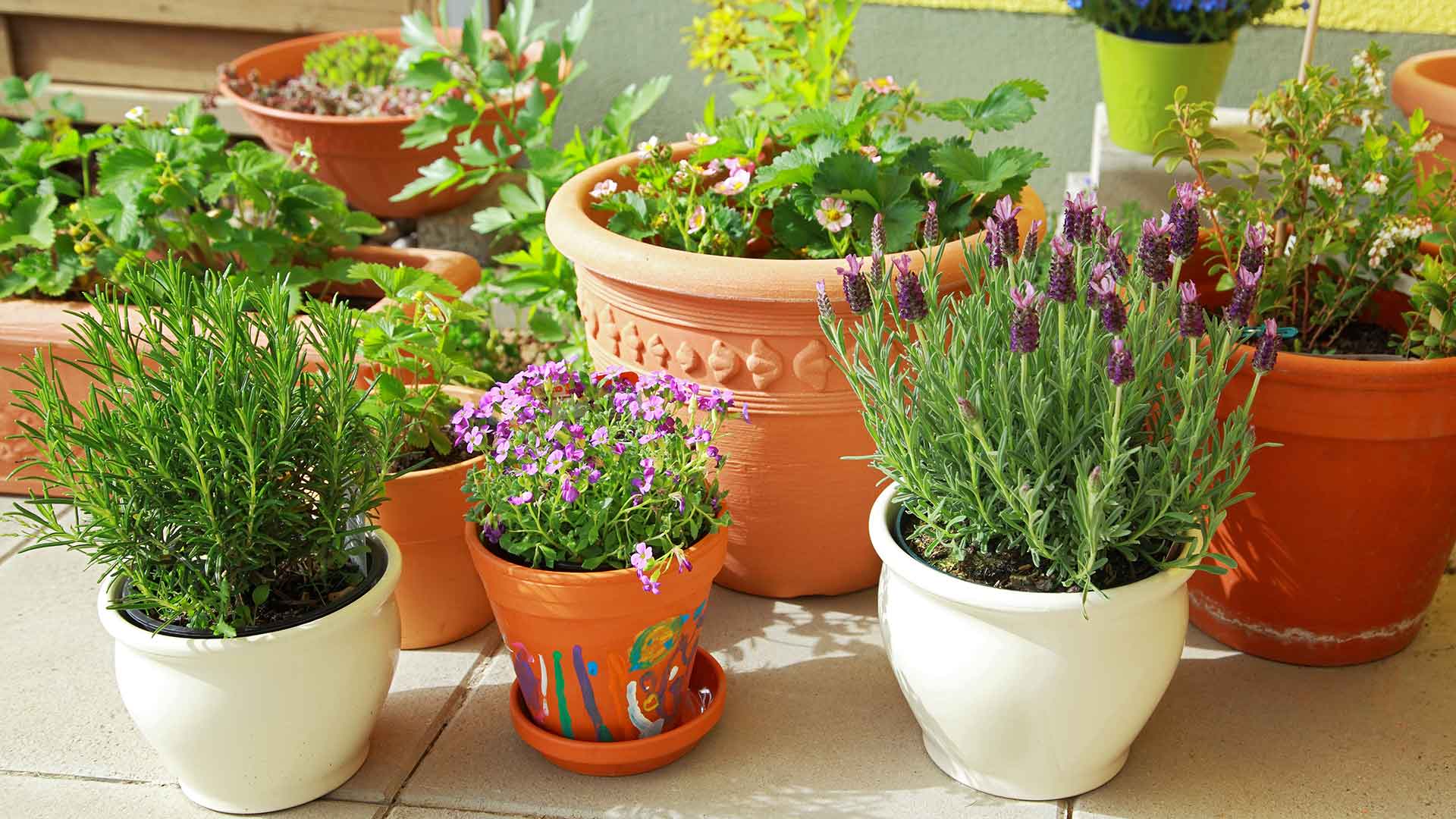

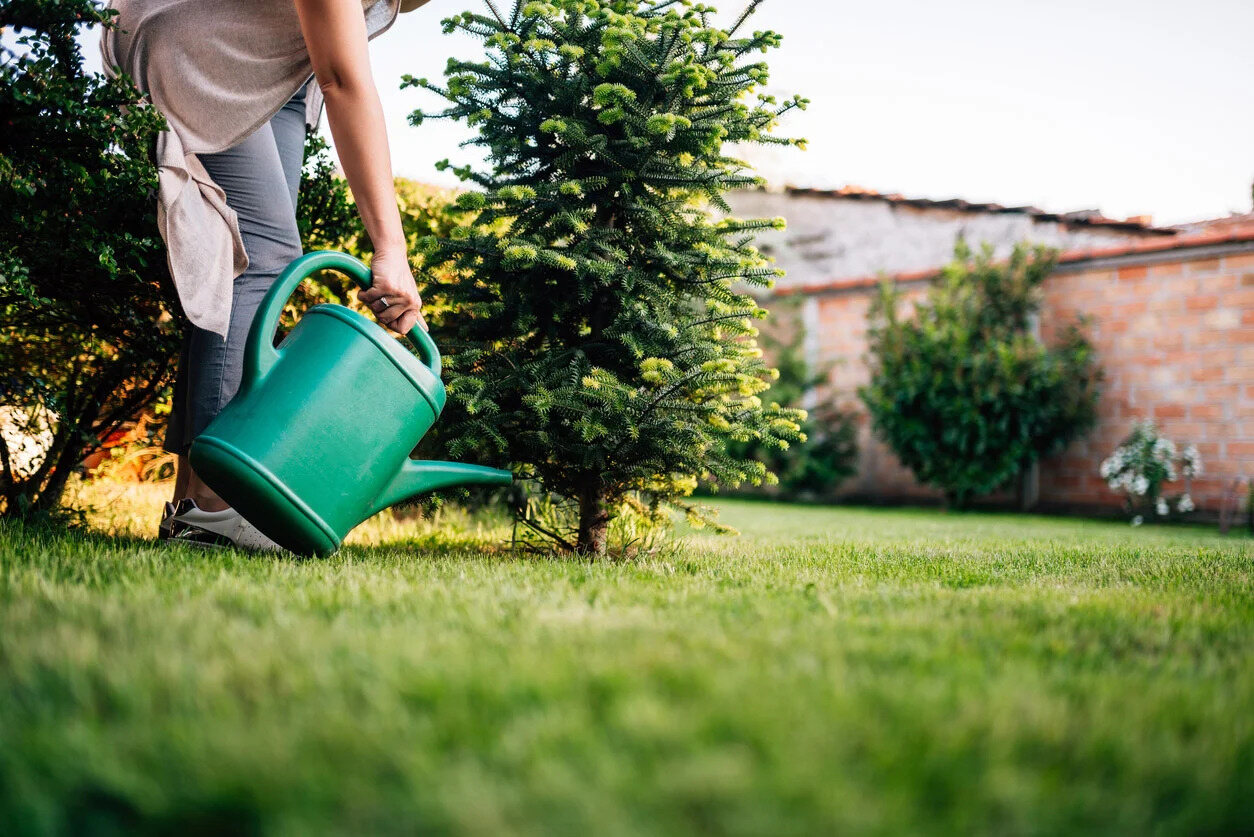
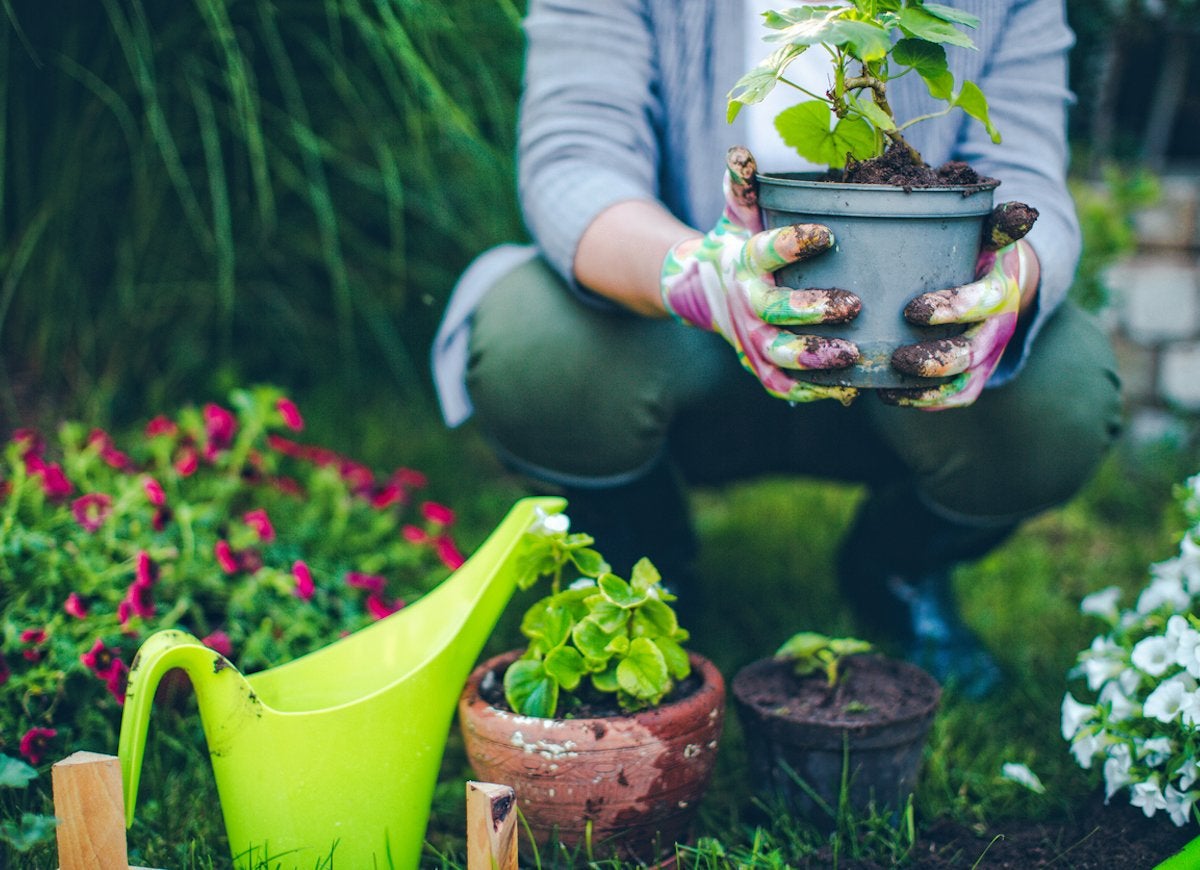
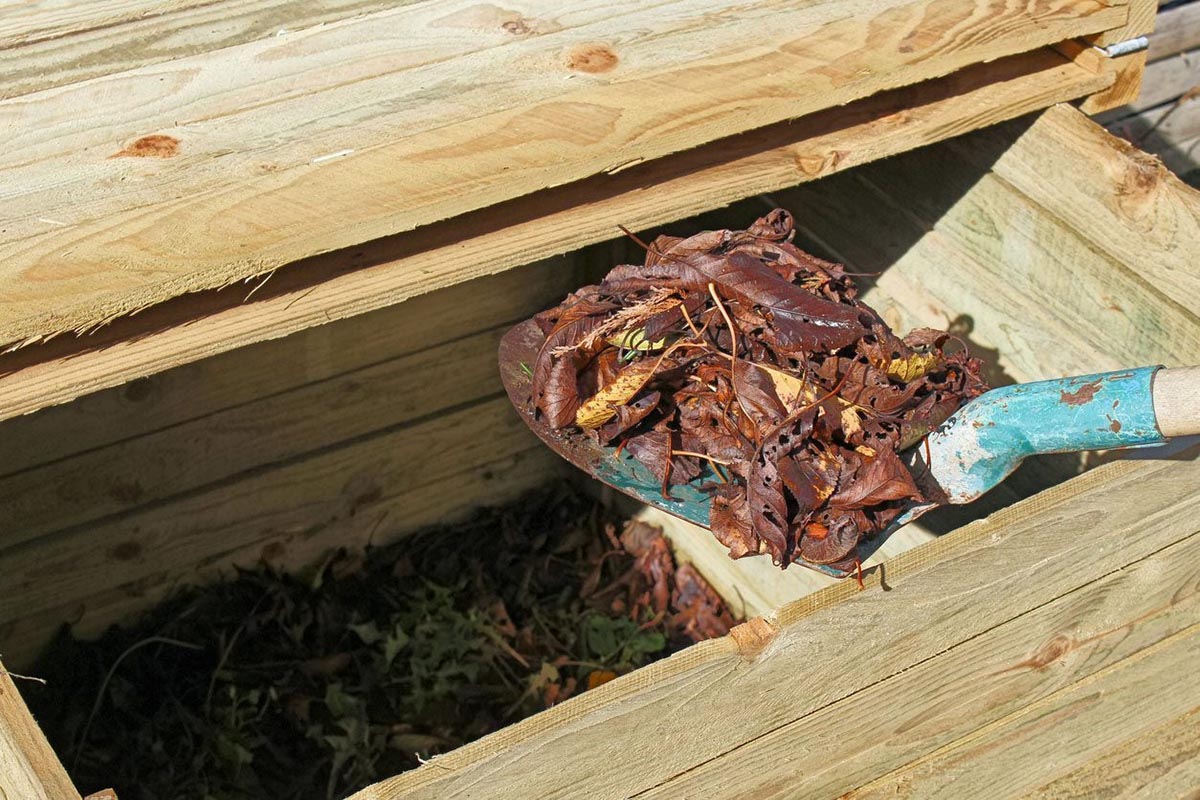
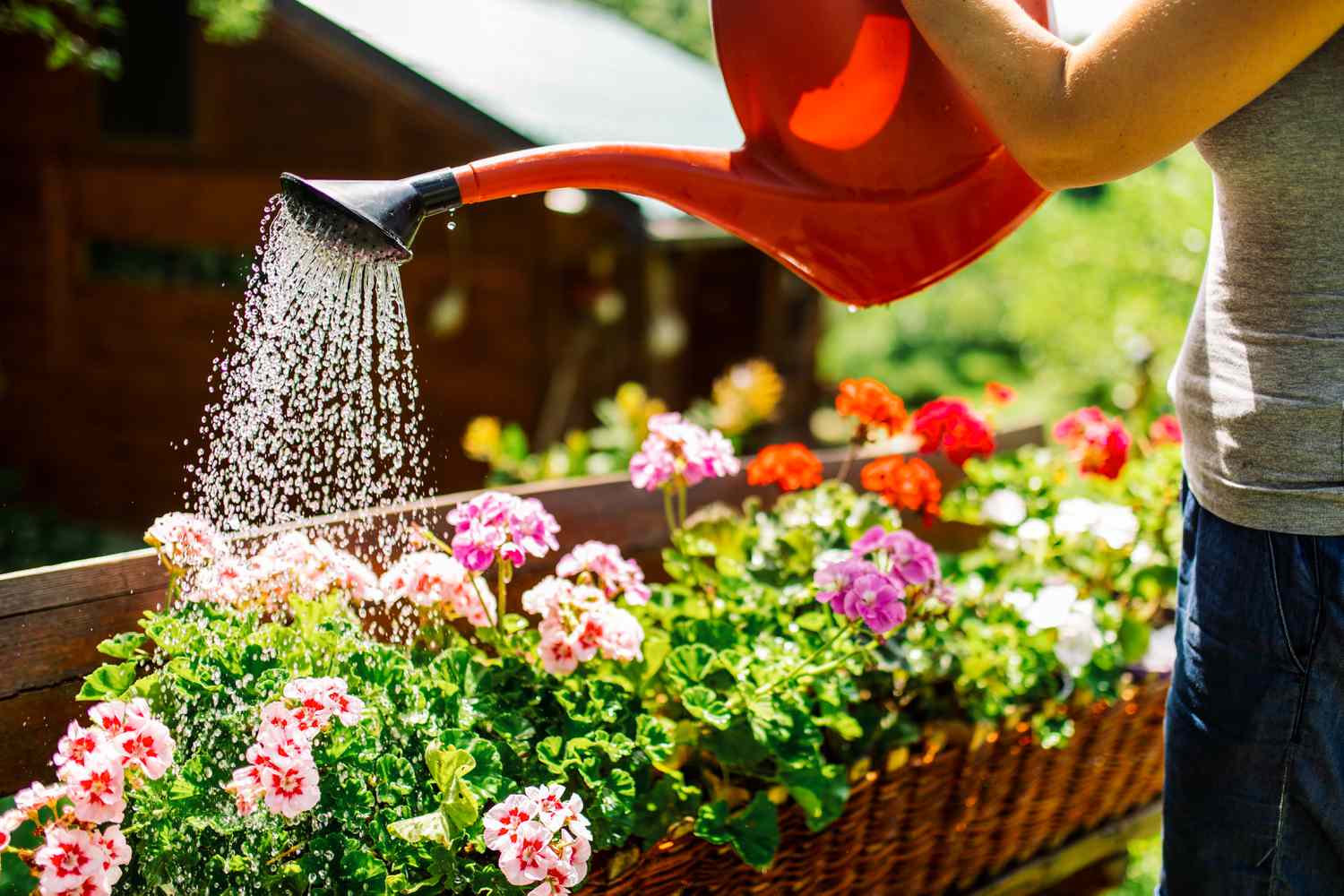
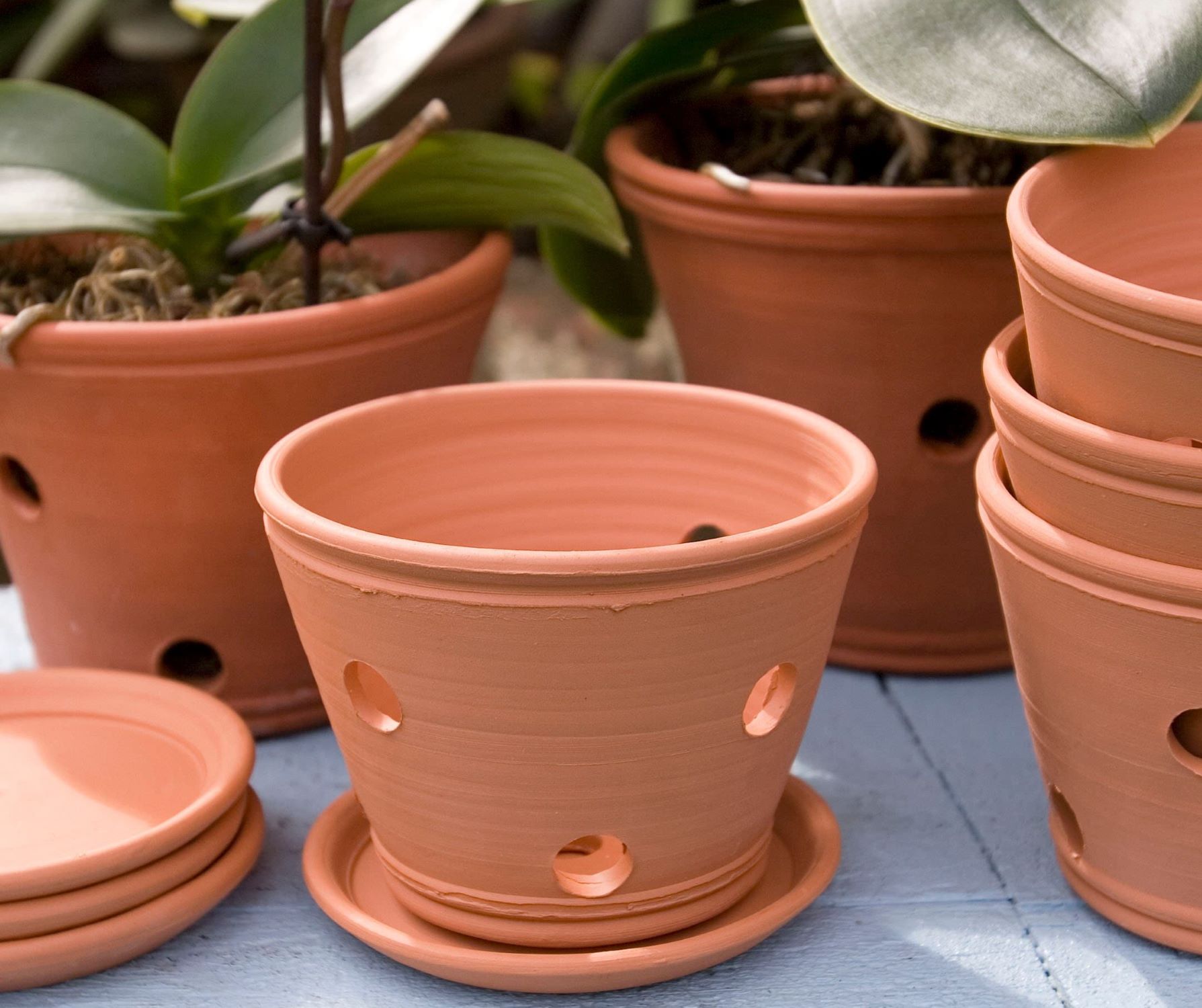
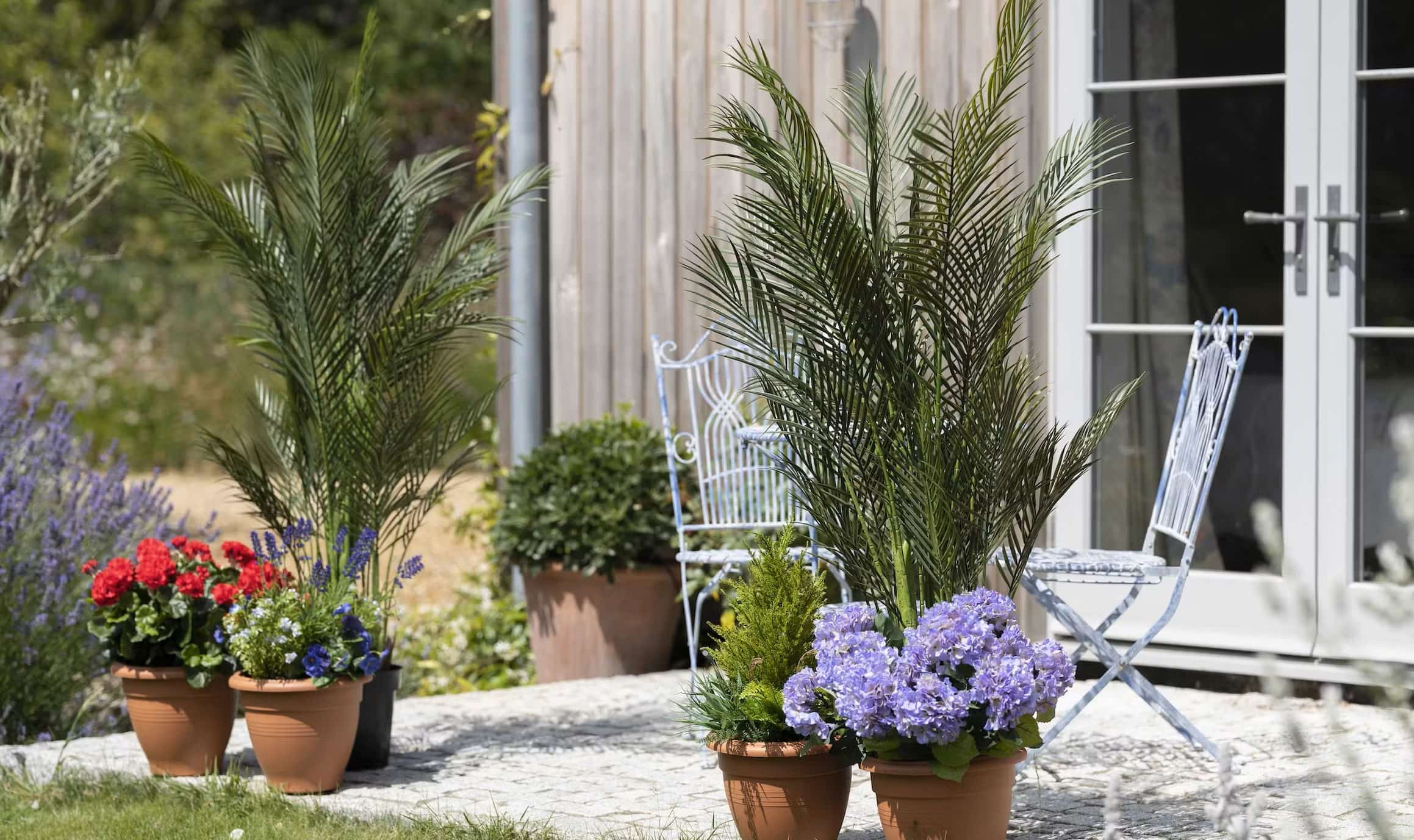

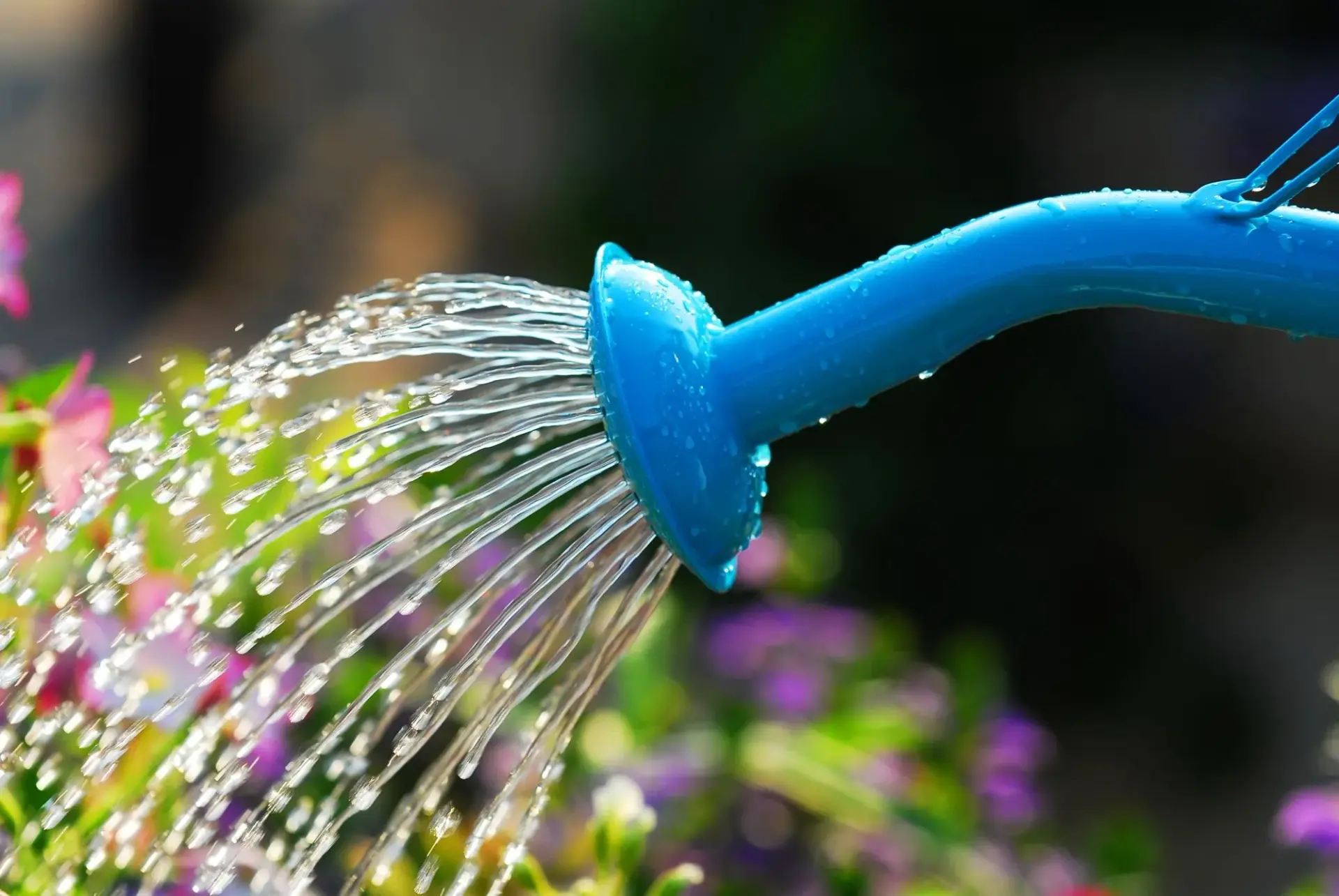
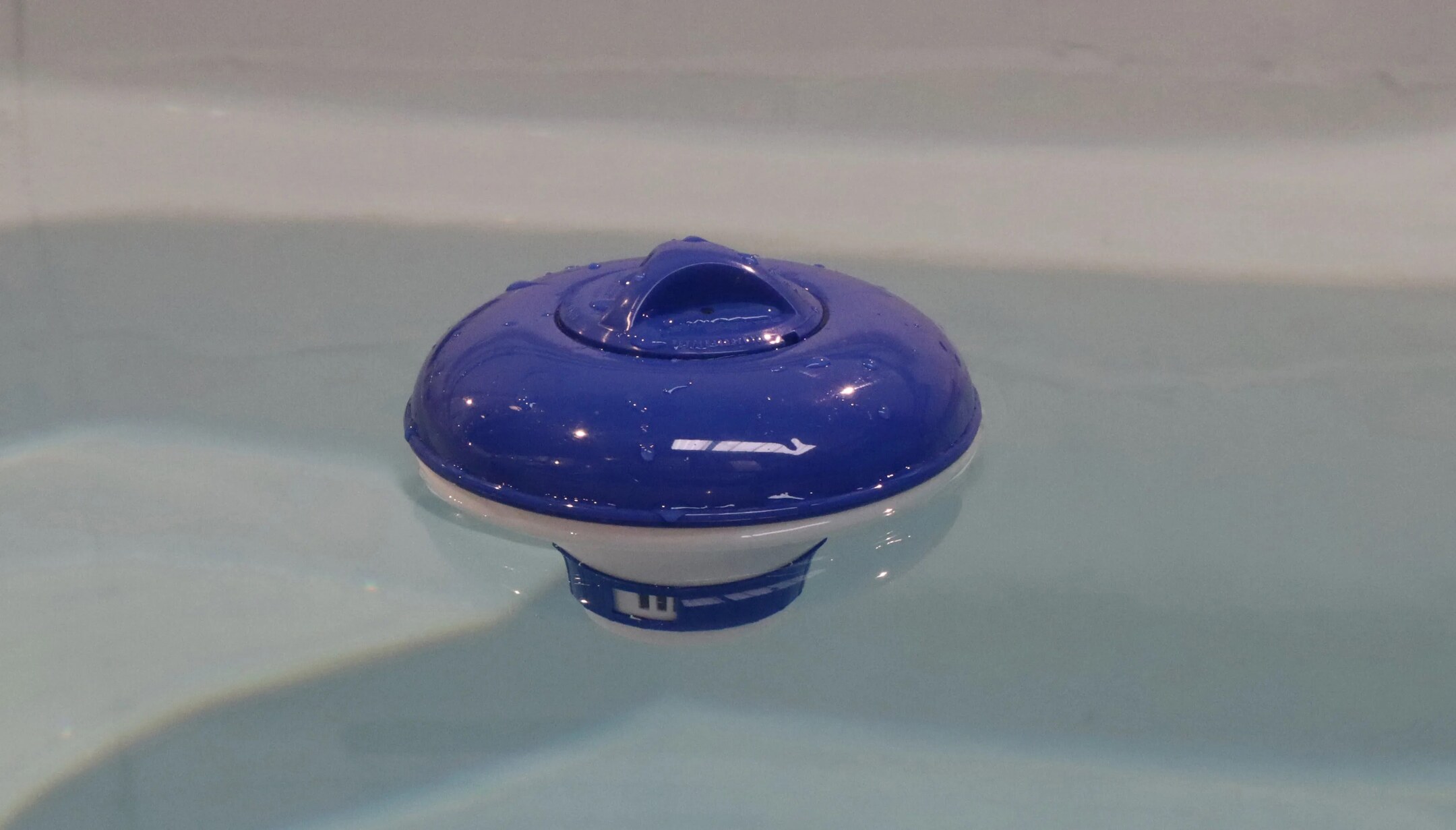
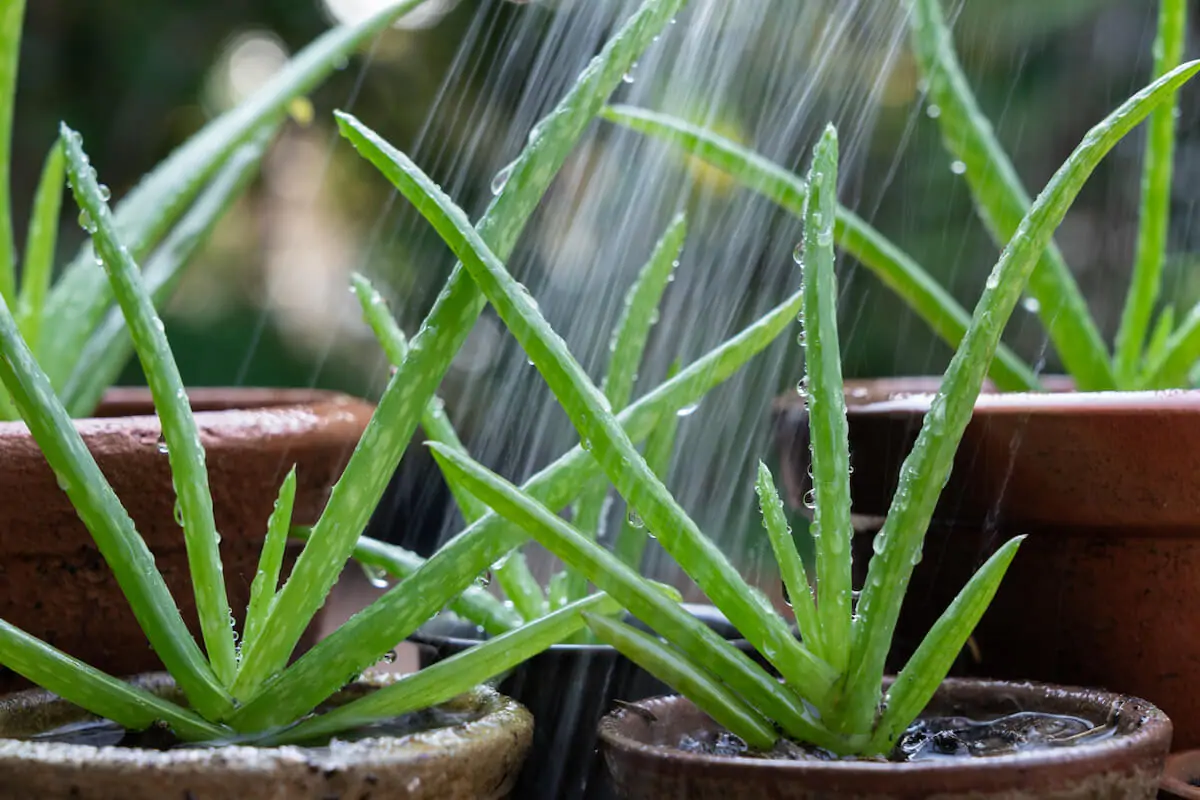


0 thoughts on “How Often Should I Feed My Outdoor Potted Plants”